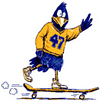A century has passed since the 1921 San Antonio flood, a disaster that devastated the city but also sparked a movement.
 With the coming release of the paperback edition of Environmental Analysis and History Professor Char Miller’s 2021 book, West Side Rising: How San Antonio’s 1921 Flood Devastated a City and Sparked a Latino Environmental Justice Movement, PCM’s Sneha Abraham talked with Miller about what happened when the waters receded—and the issues that remain more than a hundred years later. The interview has been condensed and edited for length and clarity.
With the coming release of the paperback edition of Environmental Analysis and History Professor Char Miller’s 2021 book, West Side Rising: How San Antonio’s 1921 Flood Devastated a City and Sparked a Latino Environmental Justice Movement, PCM’s Sneha Abraham talked with Miller about what happened when the waters receded—and the issues that remain more than a hundred years later. The interview has been condensed and edited for length and clarity.
PCM: In relation to the 1921 San Antonio flood, you examine spatial inequities, ethnic discrimination, environmental injustice. How are those things revealed?
Char Miller: One of the things that I’m really fascinated with regarding this flood and hurricanes and other similar disasters is that these events are ephemeral. A flood comes, it goes, and then it’s gone. A flood just runs downriver until it heads into, in this case, the Gulf of Mexico. But what it reveals are all of the social issues that may not be talked about, but which are very evident on the ground. For example, the spatial inequity in a place like San Antonio is evident if you ask a pretty simple question, “Who died, and where did they live? And who didn’t die, and where do they live?”
And, in this case, you can, like an archaeologist, do a very quick schematic. Those who lived in the flood plain tended to be poor, tended to be Hispanic, but not exclusively, and tended to live in a landscape that repeatedly flooded. It’s not just the 1921 flood, there are floods dating back to the 18th century when the Spanish arrived. Those who did not die even though their streets flooded tended to live in much more substantial homes that were designed to withstand periodic moderate flooding—almost invariably in all-white neighborhoods.
Then you start to look at the physical geography. And it’s not just that one group is in the flood plain; the other group is elevated. By 1921, the spatial differentials were that in San Antonio the people who were dying or getting injured or whose homes were getting destroyed tended to be black and brown, and those who didn’t tended to be white. So that’s one way to see it. If you look at the second layer, which is political inequity, that’s built into the system also. And so, although Spanish-surnamed residents and African Americans voted, they were voting for white candidates because that’s who dominated the political arena. So even if you had the power of the vote, you didn’t have power.
The third issue is economic inequities. Those who lived in victimized neighborhoods were themselves manual laborers and, therefore, had little-to-no money to cushion themselves as a consequence of one flood after another, after another, after another. And so, with the ’21 flood, you can see that although the downtown core got ravaged and the West Side barrio got splintered, downtown recovered and the West Side barrio didn’t.
And those are post-flood examples of political disempowerment, of political and environmental injustice and the linked spatial inequities. The city grieved for those who died and then immediately turned its resources, its public funds, to support and protect the downtown core, which it believed was the only economic activity and social life that mattered. The Anglo power elite built a big dam and then straightened out the river and did all sorts of work over the next decade, virtually none of which was useful to anybody whose family had been destroyed in the 1921 flood.
PCM: Similar to Hurricane Katrina in 2005 …
Miller: Yes, totally right. Katrina, Hurricane Maria in Puerto Rico. Name your hurricane and they reveal that same kind of story. It’s dramatic in a sense, but also predictable. And that’s the piece that, I think, drove me crazy while working on the book, which is that there are really two stories. One of which is the disaster as a disaster. The other is the repeated disasters that go back to the 18th century.
Even though I don’t talk about climate change in the book, it’s actually an analog for what happened in San Antonio for decades. “We had a flood; let’s do something.” “Nah, let’s not.” “We had a flood; let’s do something.” “Nah, it’s too expensive.” And they kept delaying, calculating that in the short term it’s cheaper not to do anything. In the long term, if people died, the elite could say to themselves, well, they’re not our bodies. They were other people who were going to bear that burden disproportionately. So that’s one part of the story.
The other part of the story is that, yes, there was a disaster, and yes, it solidified for a period of time the control of Anglo domination over the city’s budget, over its politics, over its social life, and managed to even further segregate Spanish-surnamed communities, the West Side barrio.
But—and this is a piece of the story that is crucial—out of that disaster came a local Latino environmental justice movement that quickly became one of the most dominant grassroots organizations of any city in the United States. And it was another flood that turned that story around. The flood in 1974 spurred the West Side to say, “All right, enough of this s—.” You can quote me on that one.
Two years prior, the West Side had been organizing a group called COPS, Communities Organized for Public Services, a parish-based, largely female-led organization that is in and of itself fascinating.
And they flipped the narrative so rapidly that it’s almost impossible to believe. They used the 1974 flood to challenge the political status quo, secured half a billion dollars over the next 10 years to turn ditches into flood-control channels, repair street infrastructure, and build better houses, water and sewer hookups, a set of connected resources the West Side had wanted for 50 years since the ’21 flood. They fought such that the city had to create a new charter so that city council representatives were no longer elected by at-large elections but via single-member districts. This new format gave people like Henry Cisneros, who was later mayor of San Antonio and then U.S. Secretary of Housing and Urban Development, a chance to get onto the city council and take its budget and start moving it to disempowered neighborhoods, African American and Mexican American. They broke the back of the power elite and came up with a whole political system. And then COPS became sort of the University of COPS, training and sending activists to Los Angeles and Houston, Tucson, Phoenix, Denver and Chicago.
San Antonio was for Mexican American/Chicano political development what Atlanta was for the Black Civil Rights Movement. It was the incubator and the galvanizing force that then sent people across the country. And, you know, you can’t have that story without the ’21 flood. And, in a way, what COPS’ victory represented for me was a kind of homage to those who died in 1921. They were going to better the landscape—built and natural—than the flood-prone one their parents, grandparents and great-grandparents had endured, and they did it.
PCM: Why did you choose to examine the 1921 San Antonio flood?
Miller: Partly because I lived in San Antonio for 26 years. I lived near the Olmos Dam and was totally puzzled by it, but it taught me about watersheds. I also worked for what was called the Open Space Advisory Committee for the City of San Antonio, and everyone was thinking watersheds there, too.
Talking to the committee’s representatives from the west and south side was a lesson in politics. They knew all about the local watersheds and what flood control had achieved and what it had not accomplished. That hit home, literally, because the community in which we lived was built at the exact same time the dam was dedicated. It was a high-ground lure for the elite who wanted to get out of town, literally, and get elevated above and behind the dam. It was then a white enclave and an automobile suburb—the first car-dependent subdivision in San Antonio. It was these people who helped fight for the dam’s construction so that it would protect their downtown businesses and other economic assets—using public funds to protect private capital.
In 1939, New Deal photographer Russell Lee captured a key outcome of this skewed public spending. He set up his camera on the bank of Apache Creek, which in 1921 ripped through the barrio. In the foreground is a shack much like those throughout the West Side. In the middle ground is San Fernando Cemetery, where many of the 1921 flood’s victims were interred. In the background, no more than 1.5 miles away, tall post-flood skyscrapers rise up. Lee doesn’t need to say a word: He has perfectly caught the systemic injustices that prevailed in San Antonio two decades after the 1921 flood.
These strategies to withstand disasters normalized class and race and injustice. They weren’t just normalized; they were set in concrete. If you had concrete, you were protected even more. And if you still had an earthen ditch, you were utterly at the whim of nature. And its whim was felt in 1935, 1946, the 1950s through the mid-1970s, as floodwaters poured through the West Side. Running through the 1960s it was pretty nasty on the West Side. Most of their streets through the early ’70s were hard-packed dirt. Many areas were without potable water. They had to walk to find a faucet somewhere. The Peace Corps trained volunteers in San Antonio so they would understand what they might encounter when they arrived in South America.
COPS, the Communities Organized for Public Services, which emerged in the 1970s, is one expression of the West Side’s anger and the ultimate success of its grassroots activism. But you have to backdate that a little to 1960 when Henry B. Gonzalez, also a West Side resident whose family had gone through the ’21 flood, became the city’s U.S. congressman. He used his seniority to start channeling money to the West Side. COPS did the same thing with local dollars.
The combination of bottom-up and top-down pressure meant that West Side residents themselves disrupted, even destroyed, some of the markers of systemic racism. It doesn’t mean racism and classism have been fully vanquished, but the since the 1970s Spanish-surnamed politicians have dominated the public arena.
PCM: You talk about these calamities not being natural disasters. What do you mean by that?
Miller: Disasters, whether hurricanes, tornadoes or a flood like that which wracked parts of Tennessee last year, blast through human communities. We want to call them natural disasters so that we can say that we have no control over them. But, in fact, we do have control. If we build houses in fire zones and they are incinerated, that’s not natural. It’s a result of policymaking. The same is true when communities greenlight subdivisions in a flood plain, riparian or coastal. Human decisions have human consequences.
The argument in West Side Rising, much as it is when I write about wildfires, is that because these are human actions they can be reversed. As an example, in 1998 San Antonio experienced yet another mega-flood. All local flood control infrastructure worked as planned. But this inundation revealed that there were other unprotected watersheds; a lot of people lost their homes. The city and the county acted swiftly, committing local funds to buy floodplain-sited houses from willing sellers.
I had been tracking that story and realized that the same strategy could be applied in the wildfire zones in California. Why not buy people out before their houses burn or buy them out after a firestorm swept through a community? The Golden State could replicate San Antonio’s success, which depends on a simple insight: that human-made disasters can be prevented. Equally so with climate change.
PCM: You’re a mentor for many students.
For this project, how did you bring San Antonio home to Claremont?
Miller: West Side Rising and a companion documentary volume, The Tragedy of the San Antonio Flood, benefited enormously from the talents of a team of Pomona and Scripps students. I received a wonderful grant from the Digital Humanities at The Claremont Colleges initiative funded by the Mellon Foundation and used the funds to hire Anam Mehta ’21, Natalie Quek SC ’19 and Katie Graham SC ’19 to digitize a large collection of photographs and aerial maps that the U.S. Army had produced in the immediate aftermath of the 1921 flood. Anam also created several maps that appear in the two texts. Nicole Arce ’21 pored through Spanish-language documents and newspapers and provided a number of key translations. It was a blast working with them and being schooled by their insights—as happens with their peers every day in class.
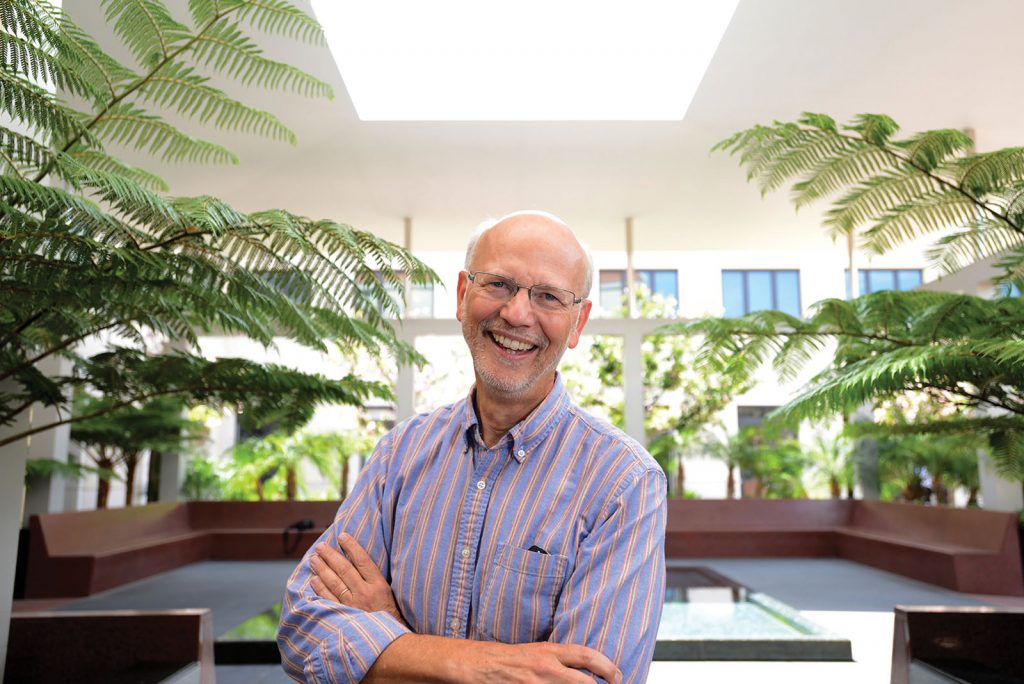
Char Miller, W.M. Keck Professor of Environmental Analysis and History
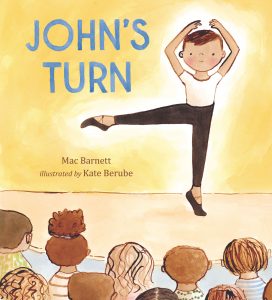 John’s Turn
John’s Turn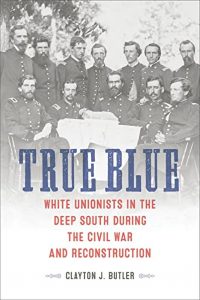 True Blue: White Unionists in the Deep South during the Civil War and Reconstruction
True Blue: White Unionists in the Deep South during the Civil War and Reconstruction Swimming to Syria
Swimming to Syria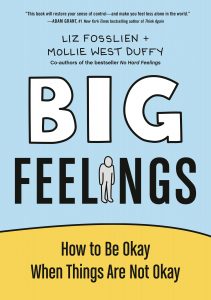 Big Feelings: How to Be Okay When Things Are Not Okay
Big Feelings: How to Be Okay When Things Are Not Okay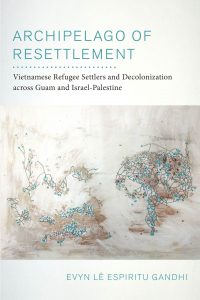 Archipelago of Resettlement: Vietnamese Refugee Settlers and Decolonization across Guam and Israel-Palestine
Archipelago of Resettlement: Vietnamese Refugee Settlers and Decolonization across Guam and Israel-Palestine She Came from Mariupol
She Came from Mariupol Geology Underfoot in Death Valley and Eastern California: Second Edition
Geology Underfoot in Death Valley and Eastern California: Second Edition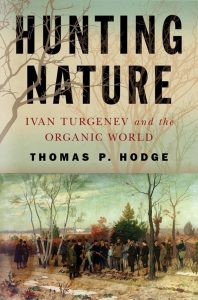 Hunting Nature: Ivan Turgenev and the Organic World
Hunting Nature: Ivan Turgenev and the Organic World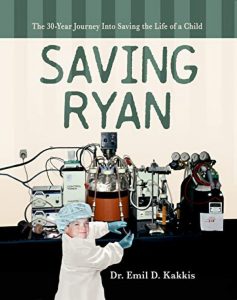 Saving Ryan
Saving Ryan Exploring the World of Japanese Craft Sake: Rice, Water, Earth
Exploring the World of Japanese Craft Sake: Rice, Water, Earth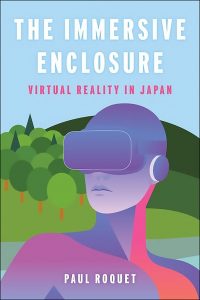 The Immersive Enclosure: Virtual Reality in Japan
The Immersive Enclosure: Virtual Reality in Japan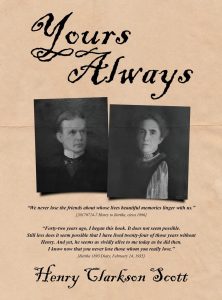 Yours Always
Yours Always
 PIT
PIT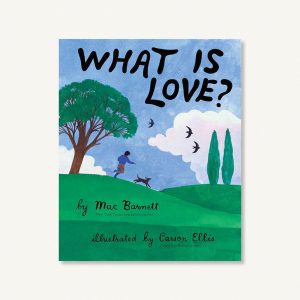 What Is Love?
What Is Love?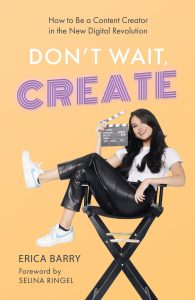 Don’t Wait, Create: How to be a Content Creator in the New Digital Revolution
Don’t Wait, Create: How to be a Content Creator in the New Digital Revolution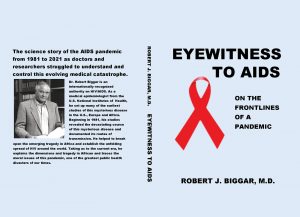 Eyewitness to AIDS: On the Frontlines of a Pandemic
Eyewitness to AIDS: On the Frontlines of a Pandemic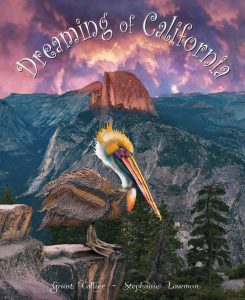
 With the coming release of the paperback edition of Environmental Analysis and History Professor Char Miller’s 2021 book, West Side Rising: How San Antonio’s 1921 Flood Devastated a City and Sparked a Latino Environmental Justice Movement, PCM’s Sneha Abraham talked with Miller about what happened when the waters receded—and the issues that remain more than a hundred years later. The interview has been condensed and edited for length and clarity.
With the coming release of the paperback edition of Environmental Analysis and History Professor Char Miller’s 2021 book, West Side Rising: How San Antonio’s 1921 Flood Devastated a City and Sparked a Latino Environmental Justice Movement, PCM’s Sneha Abraham talked with Miller about what happened when the waters receded—and the issues that remain more than a hundred years later. The interview has been condensed and edited for length and clarity.
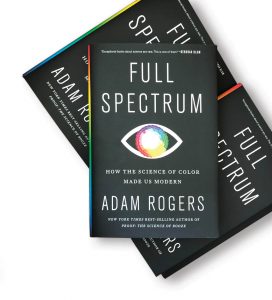 Adam Rogers ’92 showed his first glimmer of interest in the mysteries of color perception with a middle school science project. He simply colored in a square on a piece of paper, held it up and asked the class, “What color do you see?”
Adam Rogers ’92 showed his first glimmer of interest in the mysteries of color perception with a middle school science project. He simply colored in a square on a piece of paper, held it up and asked the class, “What color do you see?”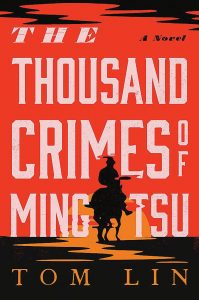 The Thousand Crimes of Ming Tsu
The Thousand Crimes of Ming Tsu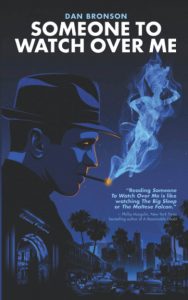 Someone to Watch Over Me
Someone to Watch Over Me Japan’s Aging Peace: Pacifism and Militarism in the Twenty-First Century
Japan’s Aging Peace: Pacifism and Militarism in the Twenty-First Century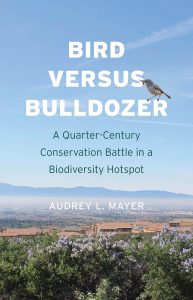 Bird versus Bulldozer: A Quarter-Century Conservation Battle in a Biodiversity Hotspot
Bird versus Bulldozer: A Quarter-Century Conservation Battle in a Biodiversity Hotspot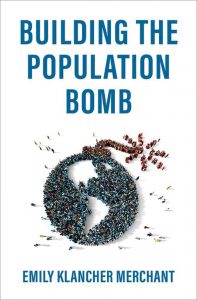 Building the Population Bomb
Building the Population Bomb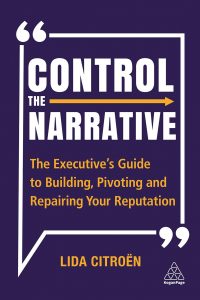 Control the Narrative: The Executive’s Guide to Building, Pivoting and Repairing Your Reputation
Control the Narrative: The Executive’s Guide to Building, Pivoting and Repairing Your Reputation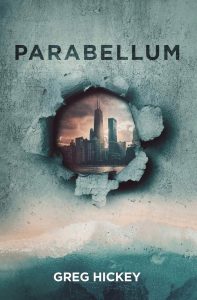 Parabellum
Parabellum Project Inferno (Infiltration)
Project Inferno (Infiltration)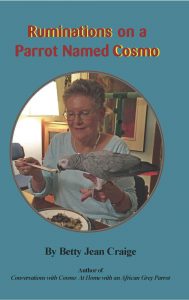 Ruminations on a Parrot Named Cosmo
Ruminations on a Parrot Named Cosmo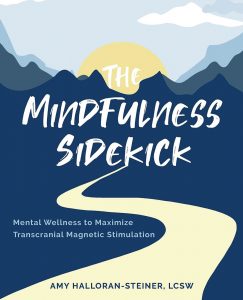 The Mindfulness Sidekick: Mental Wellness to Maximize Transcranial Magnetic Stimulation
The Mindfulness Sidekick: Mental Wellness to Maximize Transcranial Magnetic Stimulation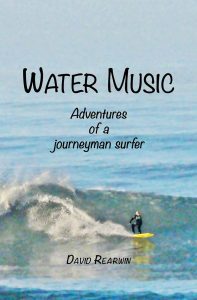 Water Music: Adventures of a Journeyman Surfer
Water Music: Adventures of a Journeyman Surfer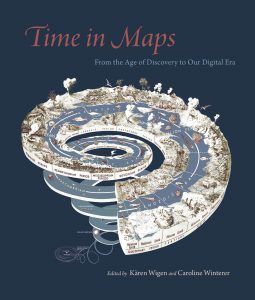 Time in Maps: From the Age of Discovery to Our Digital Era
Time in Maps: From the Age of Discovery to Our Digital Era Tattoo on My Brain: A Neurologist’s Personal Battle Against Alzheimer’s Disease
Tattoo on My Brain: A Neurologist’s Personal Battle Against Alzheimer’s Disease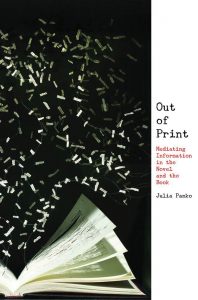 Out of Print: Mediating Information in the Novel and the Book
Out of Print: Mediating Information in the Novel and the Book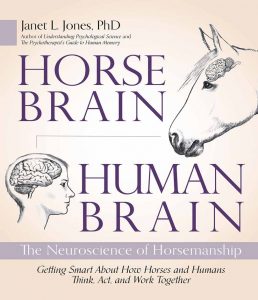 Horse Brain, Human Brain
Horse Brain, Human Brain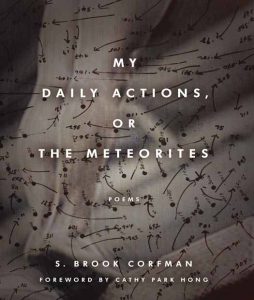 My Daily Actions, or The Meteorites
My Daily Actions, or The Meteorites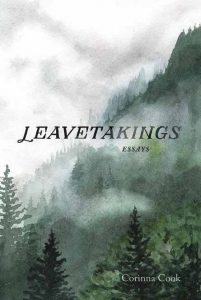 Leavetakings
Leavetakings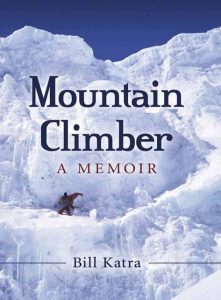 Mountain Climber
Mountain Climber ASPC Manual of Preventive Cardiology
ASPC Manual of Preventive Cardiology 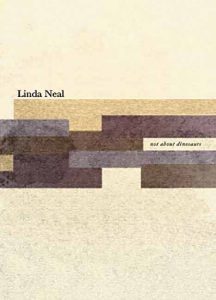 Not About Dinosaurs
Not About Dinosaurs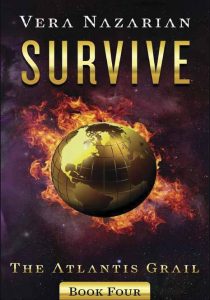 Survive
Survive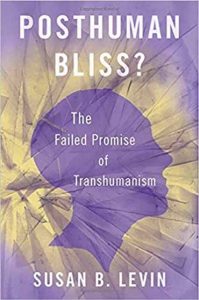 Posthuman Bliss?
Posthuman Bliss? The City and the Wilderness
The City and the Wilderness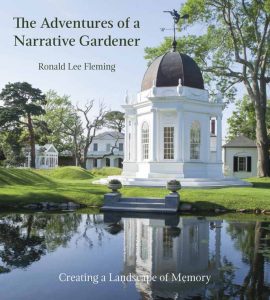 The Adventures of a Narrative Gardener:
The Adventures of a Narrative Gardener: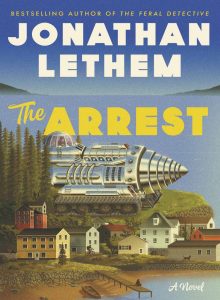 The Arrest
The Arrest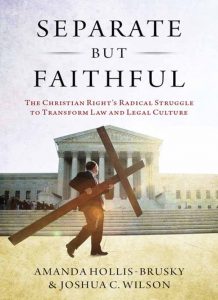 Separate but Faithful:
Separate but Faithful: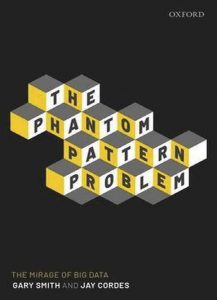 The Phantom Pattern Problem:
The Phantom Pattern Problem: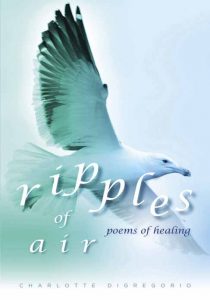 Ripples of Air:
Ripples of Air: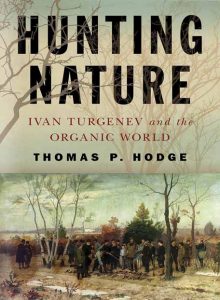 Hunting Nature:
Hunting Nature: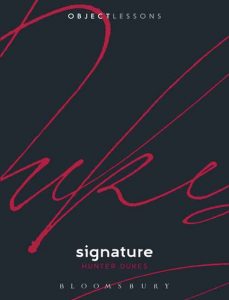 Signature
Signature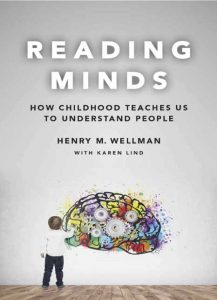 Reading Minds:
Reading Minds: Modern Family:
Modern Family: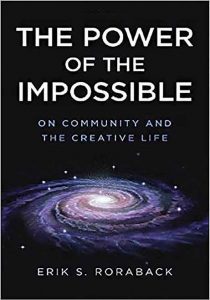 The Power of the Impossible:
The Power of the Impossible: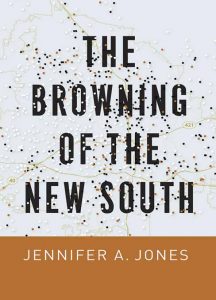 The Browning of the New South
The Browning of the New South The Sweeney Sisters
The Sweeney Sisters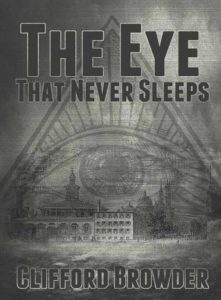 The Eye That Never Sleeps
The Eye That Never Sleeps Nontechnical Guide to Petroleum Geology, Exploration, Drilling & Production
Nontechnical Guide to Petroleum Geology, Exploration, Drilling & Production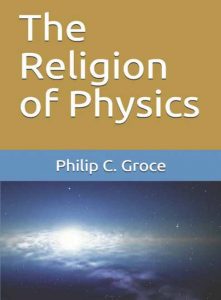 The Religion of Physics
The Religion of Physics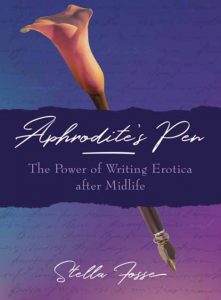 Aphrodite’s Pen
Aphrodite’s Pen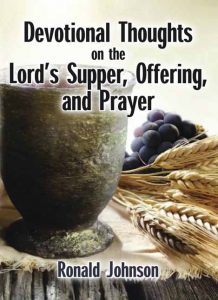 Devotional Thoughts on the Lord’s Supper, Offering and Prayer
Devotional Thoughts on the Lord’s Supper, Offering and Prayer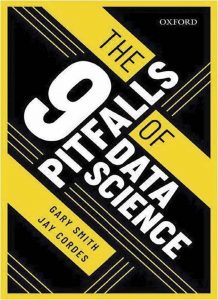 The 9 Pitfalls of Data Science
The 9 Pitfalls of Data Science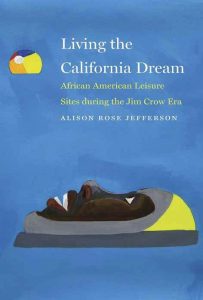 Living the California Dream: African American Leisure Sites During the Jim Crow Era
Living the California Dream: African American Leisure Sites During the Jim Crow Era Heartthrob
Heartthrob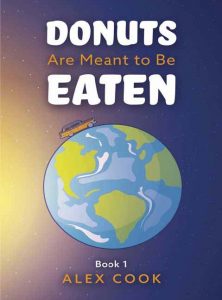 Donuts Are Meant to be Eaten
Donuts Are Meant to be Eaten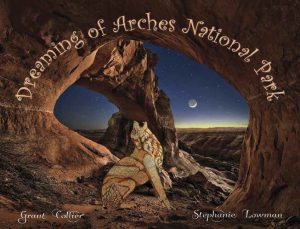 Dreaming of Arches National Park
Dreaming of Arches National Park A Knowledge Representation Practionary: Guidelines Based on Charles Sanders Peirce
A Knowledge Representation Practionary: Guidelines Based on Charles Sanders Peirce Chasing Gods
Chasing Gods US Democracy Promotion in the Arab World: Beyond Interests vs. Ideals
US Democracy Promotion in the Arab World: Beyond Interests vs. Ideals